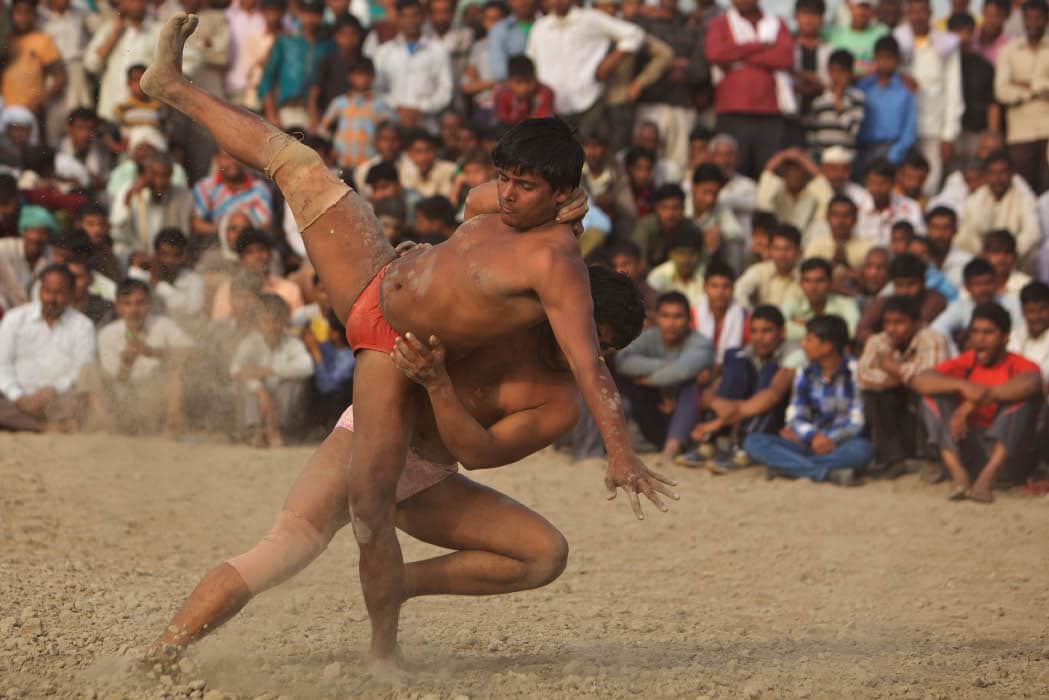Life
Kushti

Kushti is a popular style of wrestling developed during the Mughal era through a synthesis of traditional South Indian combat wrestling and Persian style folk wrestling. A practitioner of this sport is referred to as a pahalwan, while the coaches are known as guru.
Traditional Indian wrestling isn’t just a sport — it’s an ancient subculture where wrestlers live and train together and follow a strict regimen on everything from what they can eat to what they can do in their spare time. Drinking, smoking and even sex are off limits. The focus is on living a pure life, building strength and honing wrestling skills.
Wrestlers belong to gyms called akharas, where they live under a controlled diet of milk, almonds, ghee, eggs and chapattis, with each wrestler contributing to the cooking.
Wrestling competitions, known as dangals, are held in villages under rules that vary by locale. Usually a win is awarded by a decision by a panel of judges, knockout, or submission.
Over time, western training methods and nomenclature from Iran and Europe were introduced to Kushti. The sport is on the decline as athletes turn to mat wrestling to participate in international competitions, but there are still many akharas in India with dedicated people working to keep this ancient part of Indian culture alive.
